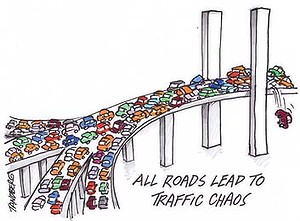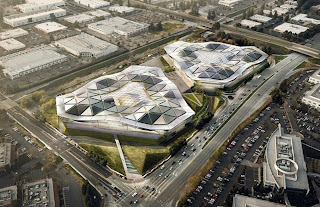Community Renewable Energy (CRE) has heaps of benefits, such as:
Paul Fleckney is a Senior Consultant at Urbis, and undertook this research whilst at the University of Melbourne in the faculty of Architecture, Building and Planning.
- Reduction in greenhouse gas emissions
- Increased awareness of energy issues and greater acceptance of renewables
- Local income generation
- Job creation, and regional/rural investment
- Cost savings through improved load management, deferred infrastructure upgrades and educed transmission losses when compared to centralised fossil fuel based power generation
- Increased social cohesiveness, community participation and empowerment thanks to the participatory approach
Given, the benefits, why aren't there more CRE initiatives? Well, that's exactly what Fleckney explored. Ultimately, the research showed that economic viability was the most significant barrier to CRE. Effective policies and incentives are required to encourage investment in renewables, and discourage the use of fossil fuels. Other issues such as network interconnection, grid operation, planning and local opposition and community capacity were also found to constrain CRE in Australia.
However, despite these barriers, CRE can really work. The Hepburn wind farm CRE project is successful; it has been operating for over 2 years, generates enough energy to provide for the local area and then some - which is sold to Red Energy, who then sell this energy on as related product, to anyone in Victoria. The Hepburn CRE program has even won the World Wind Energy Award.
It's research like this that has the potential to change the way we source our energy. Overcoming barriers to CRE will enable this as a possibility to address GHG emissions, with strong economic and social benefits as well. I'm keen to see how CRE projects develop in Australia, and how various kinds of policies can help along the way.
Read Paul's blog 'Community Renewables' containing his research here, and hit up this link to learn more about Hepburn Wind.
Paul Fleckney is a Senior Consultant at Urbis, and undertook this research whilst at the University of Melbourne in the faculty of Architecture, Building and Planning.














